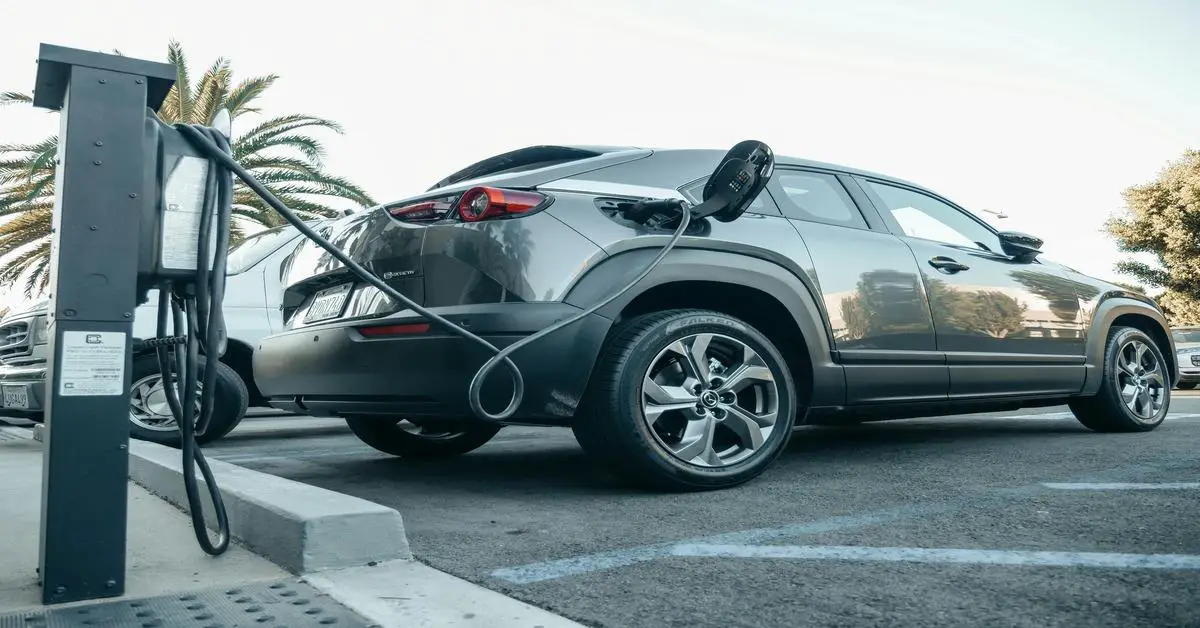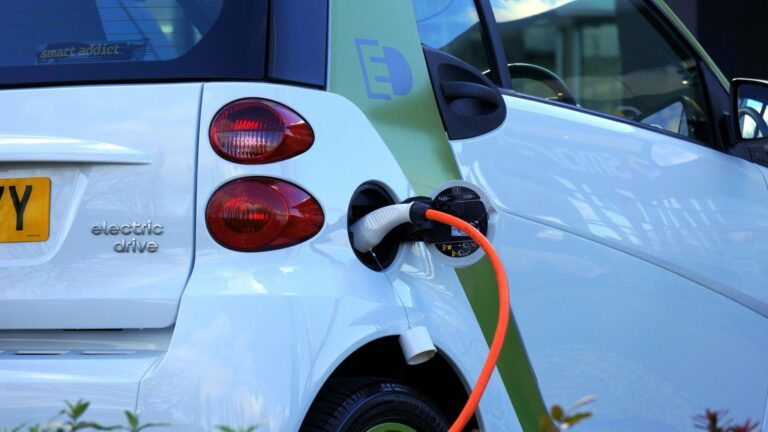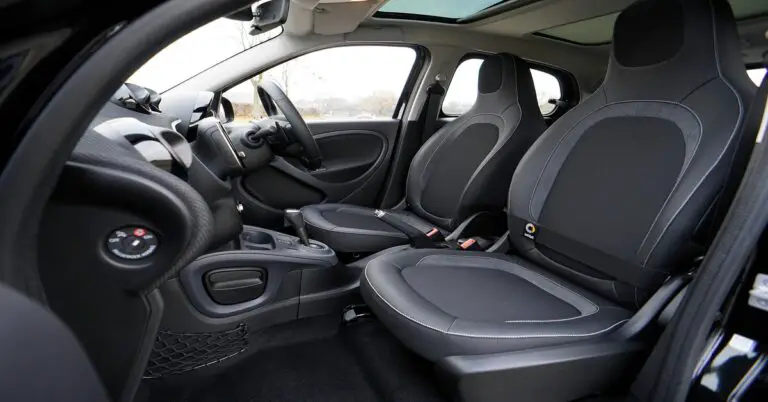EV Charging Manual: What Every Car Owner Needs to Know
PHOTO BY KINDEL MEDIA ON PEXELS
Charging an electric vehicle is easier than ever, but understanding the basics is key to getting the best experience. From home setups to fast public chargers, options are growing fast.
This guide covers everything new EV owners need to know, from charging levels to finding the right equipment and planning smarter trips.
Understanding The Different Levels Of EV Charging
There are three main levels of EV charging: Level 1, Level 2, and DC Fast Charging. Check out the following post for the differences:
Level 1 is described as offering up to 2.3 kW, taking 8 to 24 hours for a 20–80% charge, mainly used in North America.
Level 2 chargers range from 7 to 49 kW. They offer faster home and public charging, taking 1 to 10 hours depending on power output and setup.
DC Fast Chargers range from 50 to 400 kW. They can deliver an 80% charge in as little as 15 to 60 minutes, making them ideal for road trips.
How To Choose The Right Home Charger For Your EV
Choosing the right home charger starts with checking your EV’s charging capacity. Some models can handle faster charging, while others have built-in limits. Matching the charger’s output saves time and money.
Level 1 chargers use a standard 120V outlet and are slower, while Level 2 chargers need a 240V connection and charge much faster. A certified electrician should install Level 2 chargers for safety.
The post below indicates that ChargePoint introduced an easy one-stop shop for purchasing and installing their Home Flex charger:
Tips For Finding And Using Public Charging Stations Efficiently
Apps like PlugShare and ChargePoint help drivers quickly find nearby charging stations. Checking availability before arrival saves time and avoids long waits.
It is smart to prioritize faster Level 3 chargers when possible. Bringing a personal charging cable and checking connector compatibility also helps. In the following video, EV charging etiquette tips explain how to park responsibly, share chargers fairly, and avoid unnecessary delays:
Drivers should also prepare for different payment systems and use downtime during charging for a short break.







